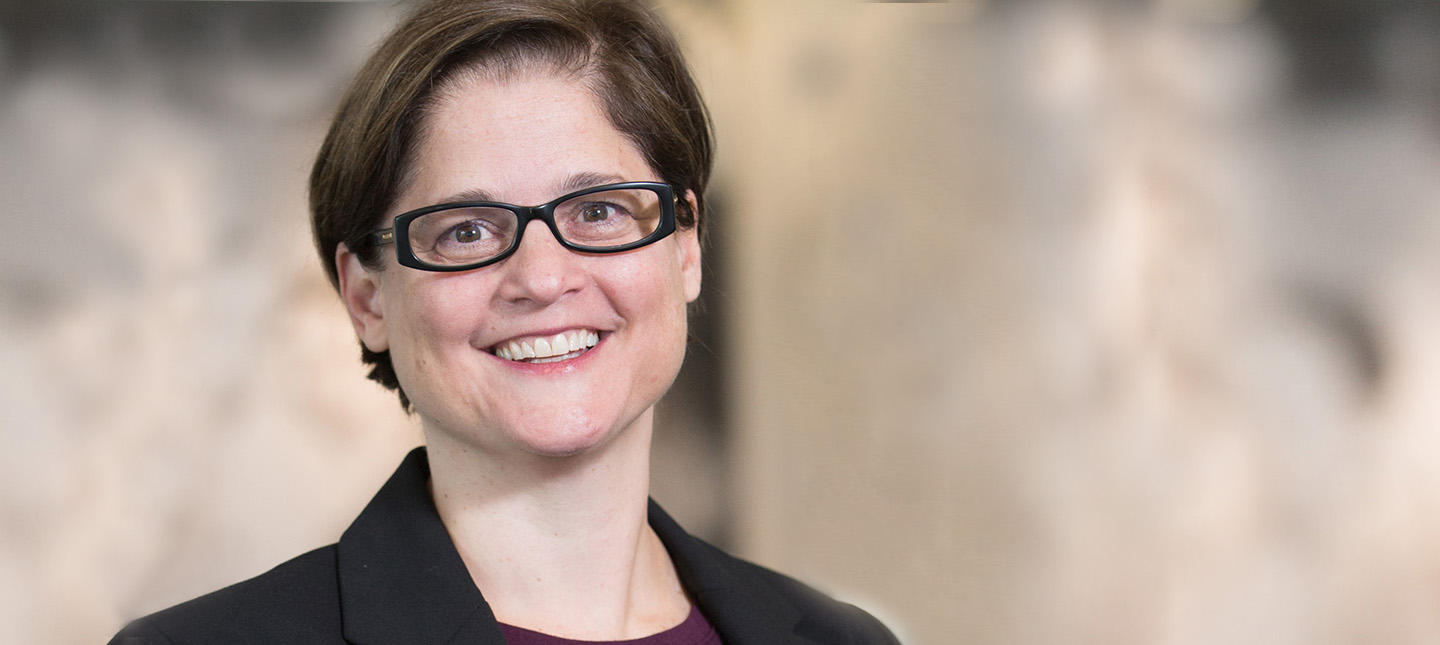In one of the first studies to investigate the overall quality of care and outcomes of stroke care for non-COVID-19 hospitalized patients during the pandemic from a national U.S. perspective, researchers from the U.S. Department of Veterans Affairs (VA), Regenstrief Institute and Monash University assessed patients with strokes and transient ischemic attacks (often called mini-strokes or TIAs) in 128 hospitals across the U.S. in the VA’s health system, the nation’s largest integrated healthcare system. The researchers report no decline in overall quality of care nor outcomes (after risk adjustment) when comparing patients with stroke and mini-strokes from prior to the pandemic [March to September 2019] to the same months during the pandemic [March to September 2020].
As with other non-COVID-19 conditions, the number of hospitalizations for strokes and mini-strokes was lower during the pandemic than before COVID-19; approximately 30 percent lower for mini-strokes and 19 percent lower for strokes.
The researchers used seven standardized measures to determine that overall quality of care for stroke and mini-stroke did not diminish in VA facilities during the pandemic. They found that, importantly, the use of statin medications continued to increase during 2020 – especially among patients with stroke – a trend that had been evident for several years prior to the pandemic. However, patients with stroke or mini-stroke had far fewer primary care visits, delaying or deferring care during the pandemic.
During the pandemic approximately 40 percent of stroke patients did not have a blood pressure measurement while only 10 percent of stroke patients pre-pandemic did not have a blood pressure measurement. Missing blood pressure checks was associated with a six-fold increase in short-term mortality and a three-fold increase in long-term mortality, according to VA and Regenstrief Research Scientist Dawn Bravata, M.D., an Indiana University School of Medicine faculty member, who led the study. She notes that a robust relationship between increasing blood pressure and stroke risk has long been known to exist. The researchers found that blood pressure, when measured during the pandemic, was not as well controlled as during the pre-pandemic period.
The study also found that death rates of stroke or mini-stroke patients in VA hospitals were not statistically different after risk adjustment during the pre-pandemic and pandemic time periods.
“As a healthcare system that is responsible for and tracks patients after they are discharged from the hospital, the VA is well suited to conduct this type of analysis and do the follow-up indicated – for example, helping patients control blood pressure after a stroke or ministroke,” said Dr. Bravata. “Given the widespread phenomena that people received less healthcare during the pandemic, we would expect the same decrease in primary care visits in non-VA settings. As patients return to primary care, post-stroke checkups and blood pressure control hopefully can be prioritized.”
With few exceptions, stroke and mini-stroke patient characteristics were similar between 2019 (pre-pandemic) and 2020. The researchers found that during the pandemic, a slightly greater proportion of patients came to the hospital as a result of a stroke, rather than due to a mini-stroke (69 percent versus 66 percent). Dr. Bravata says that individuals with transient symptoms of mini-strokes may have hesitated to seek medical attention during the pandemic.
The study evaluated care for patients with stroke or mini-stroke from typical causes and did not include patients who were admitted to the hospital for COVID-19 and then had a stroke or mini-stroke. Fewer than 2 percent (72 individuals) of those admitted to the 128 VA hospitals with stroke or mini-stroke from March to September 2020 concurrently had or subsequently developed COVID-19.
“Quality of Care and Outcomes for Patients with Acute Ischemic Stroke and Transient Ischemic Attack During the COVID-19 Pandemic” is published in Journal of Stroke and Cerebrovascular Diseases. Authors, in addition to Dr. Bravata, are Laura J. Myers, PhD, and Anthony J. Perkins, M.S., of the VA and Indiana University School of Medicine (U.S.) and Monique F. Kilkenny, PhD, of Monash University and The Florey Institute of Neuroscience and Mental Health (Australia).
This work was supported by the VA Health Services Research & Development Service (HSRD), Expanding Expertise Through E-health Network Development (EXTEND) Quality Enhancement Research Initiative (QUERI) (QUE HX0003205-01).
About Dawn M. Bravata, M.D.
In addition to her role as a research scientist at Regenstrief Institute, Dawn M. Bravata, M.D., is a professor of medicine and a professor of neurology at Indiana University School of Medicine. She also serves as a core investigator for the U.S. Department of Veteran Affairs Health Services Research and Development Center for Health Information and Communication, Richard L. Roudebush VA Medical Center.
About Regenstrief Institute
Founded in 1969 in Indianapolis, the Regenstrief Institute is a local, national and global leader dedicated to a world where better information empowers people to end disease and realize true health. A key research partner to Indiana University, Regenstrief and its research scientists are responsible for a growing number of major healthcare innovations and studies. Examples range from the development of global health information technology standards that enable the use and interoperability of electronic health records to improving patient-physician communications, to creating models of care that inform practice and improve the lives of patients around the globe.
Sam Regenstrief, a nationally successful entrepreneur from Connersville, Indiana, founded the institute with the goal of making healthcare more efficient and accessible for everyone. His vision continues to guide the institute’s research mission.
About the VA Health Services Research and Development Center for Health Information and Communication
Located at the Richard L. Roudebush VA Medical Center, the Health Services Research and Development (HSR&D) Center for Health Information and Communication (CHIC) group is a diverse cadre of researchers collaborating to transform the healthcare system, both within and outside the VA so every patient receives consistent, high-quality care.
About IU School of Medicine
IU School of Medicine is the largest medical school in the U.S. and is annually ranked among the top medical schools in the nation by U.S. News & World Report. The school offers high-quality medical education, access to leading medical research and rich campus life in nine Indiana cities, including rural and urban locations consistently recognized for livability.









